Orthopedic sneakers
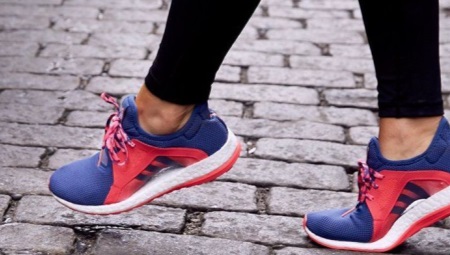
Useful and fashionable
Orthopedic sneakers are not only fashionable, but also very stylish. These advantages make this type of footwear very popular these days. These sneakers help fight a number of unpleasant diseases, and are also used to prevent them. They are recommended to be worn to prevent and treat the following problems: flat feet, varicose veins, muscular dystonia in children, static foot insufficiency, arthrosis of the toes, heel spur (osteophyte) and others.

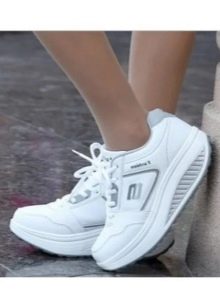

There are two types of these sneakers:
- Sneakers with orthopedic insole. The severity of the weight is evenly distributed over the entire foot, the spine is not overloaded.
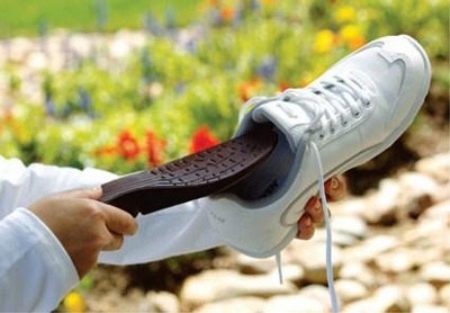
- Orthopedic sneakers with the correct orthopedic sole. Comfortable design relieves stress on muscles and joints.
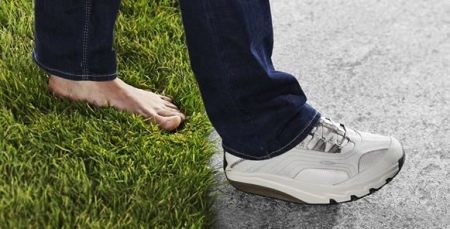
It is recommended to choose orthopedic shoes after consulting a doctor.
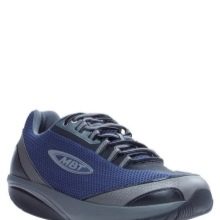
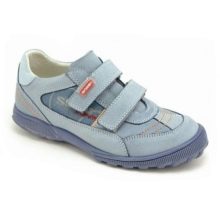
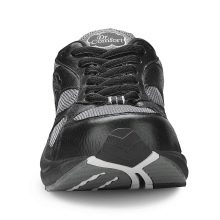
Womens and mens
Are you for a healthy lifestyle? Are you fond of jogging, fitness, hiking? So orthopedic sneakers are the best shoe option for you.

When buying such a product, remember that your bright and stylish orthopedic sneakers must meet the following requirements:
- high-quality shoes have a wide nose, and their lower part is stiff;
- these sneakers have a high heel counter that fixes the ankle well;
- insole with instep support (except for aerobics sneakers);
- lightweight and flexible outsole, slightly raised at the back;
- natural materials that allow the skin to breathe, preferably the presence of micropores in the sole for ventilation;
- minimum of seams, inside the sneakers, their complete absence is desirable - so as not to rub your feet when playing sports

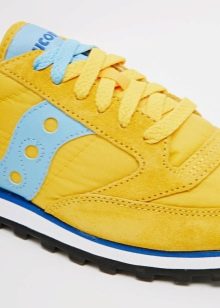
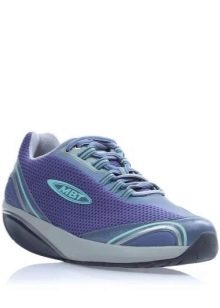
How to choose?
- It is better to measure sneakers in the evening, when our feet are slightly swollen. Try on a pair of shoes. Does she shake you?
- Walk around in a new thing, sit down, change your position.Comfortable? Sneakers should fit snugly around your foot, but still leave your toes free.
- Lace up your sneakers and check if they are pinching the ankle - this is very detrimental to blood circulation.
- If you play a particular sport, ask the vendor for sneakers specifically for your activity. Shoes for running or, for example, fitness shoes have their own characteristics.
- To determine how natural your future sneakers are, lightly press down on the toe of the shoe with your finger. If the dent disappeared quickly, the shoe material is good. But if the surface of the sneakers is barely leveled out and the dent remains, such a new thing should not be taken.

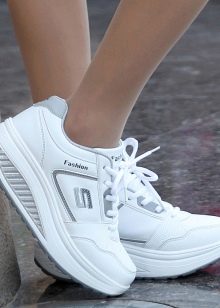
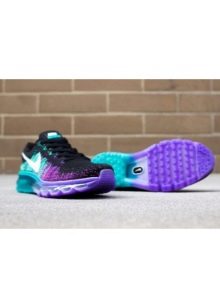
Baby
When buying orthopedic shoes for a child, be sure to consult a doctor and, if necessary, take an X-ray of the foot. Indeed, in the presence of a slight deformation (for example, longitudinal or transverse flat feet), incorrectly chosen shoes can cause irreparable harm to the baby's foot.
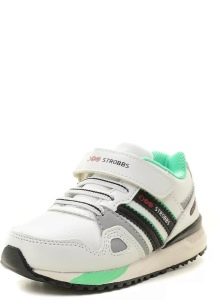


There are many requirements for children's orthopedic sneakers:
- A flexible forefoot is essential for free movement.
- Protection of the toe with a hard lining against possible impacts.
- Thick outsole that rises above the heel and flexes naturally. There is an anti-slip protector.
- Insole with instep support. In the presence of flat feet, the type of instep support should match the type of flat feet: longitudinal, transverse or combined. In prophylactic shoes, the instep supports the correct anatomy of the foot.
- High heel counter for fixing the ankle.
- Natural materials.
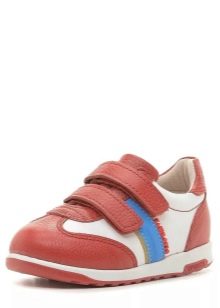
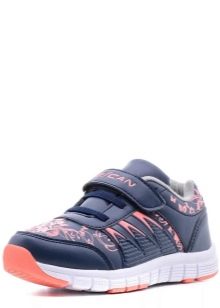
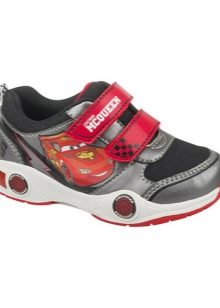
A small child does not yet understand whether he is pressing his shoes or not. Therefore, when checking the dimension, be guided by the following rule: when the baby's foot is shifted to the toe, several of our fingers can be placed between the back and heel. Any shoes for children should be 1-1.5 cm larger than the foot.
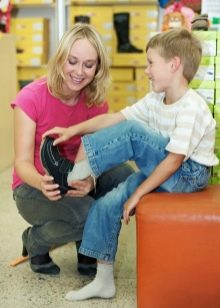

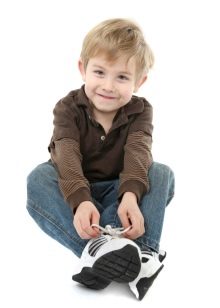
Orthopedic shoes today are not only beautiful, but also very useful! The right shoes will keep your feet healthy.








